Participating in 19 sports, Baylor student-athletes compete at the highest level on the field, on the court, and in the classroom consistently ranking among the Big 12's and nation's best.
A Championship Process: Charting a path to develop Champions for Life
By Mack B. Rhoades, IV, Vice President and Director of Athletics
As my first full academic year at Baylor University comes to a close, I am pleased by the progress we've made and excited for our bright future. Over the past 10 months, I've come to know the Baylor community, athletic staff, and student-athletes on a more personal level, and I am encouraged by the building process that is well underway.
This time has allowed our leadership team to formulate a bold vision for Baylor Athletics, which stands in support of the university's important mission to educate men and women for worldwide leadership and service by integrating academic excellence and Christian commitment within a caring community.
This mission informs our day-to-day efforts through one simple purpose: Prepare Champions for Life.
Defining Champions
In the context of athletics, the word "champion" evokes images of a game-winning shot, a feat of physical strength or a trophy hoisted high by a victorious team. But it has much deeper roots. One of the earliest definitions is as "one who fights on behalf of others" (circa 1300), and later "to fight for, defend, or protect" (circa 1820).
When we say we will "Prepare Champions for Life," we are calling to that deeper sense of the word. Each year, more than 500 student-athletes are on campus representing the green and gold. Our job is to educate and prepare these individuals in all aspects of their life, so they leave here with a depth of understanding of what transforms an individual into a champion.
No team or individual is successful without a successful process - a championship process. As we move forward, Baylor Athletics will focus on key areas of development to ensure our student-athletes receive the training and support we are uniquely equipped to provide.
Our championship process rests on these pillars:
- Academic Achievement
- Athletic Success
- Social Responsibility
- Spiritual Growth
This piece was originally published in the May/June 2017 issue of Insider Magazine.
Athletic Facilities
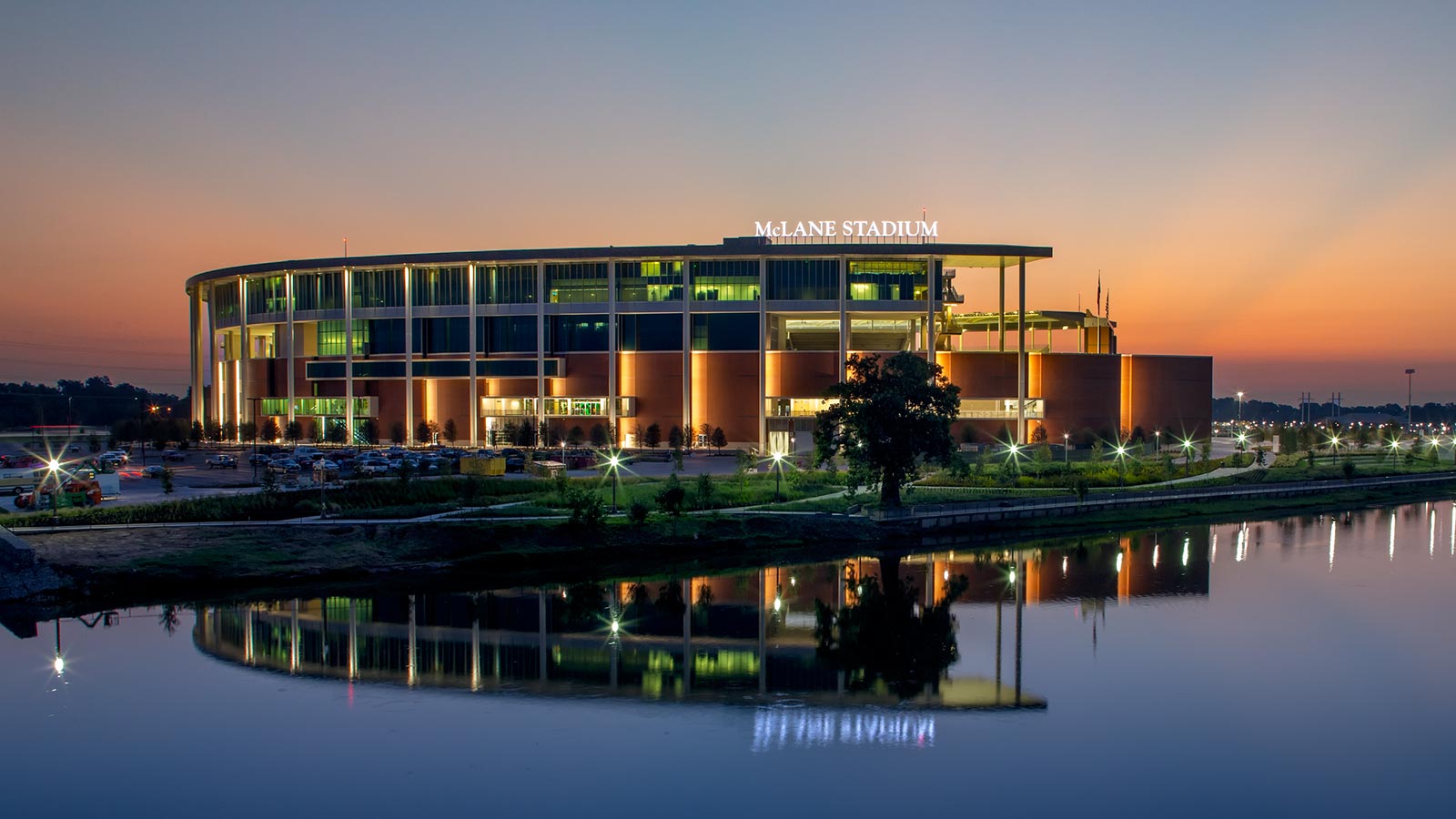
The 2022 campaign marks the ninth season at McLane Stadium, Baylor's state-of-the-art 45,140-seat home on the banks of the Brazos River.
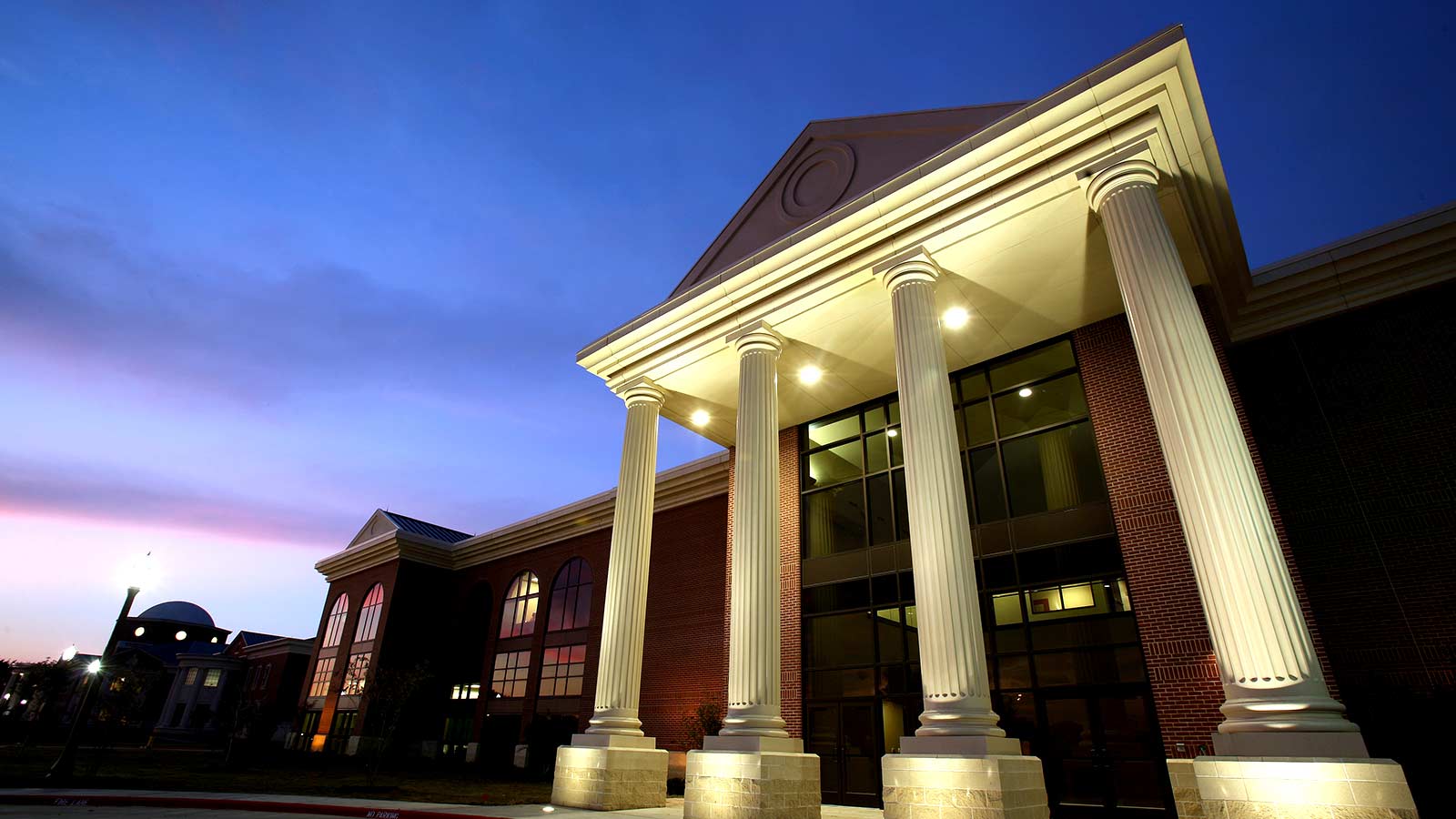
The Simpson Athletics and Academic Center is the centerpiece of the Highers Athletics Complex at Baylor University.
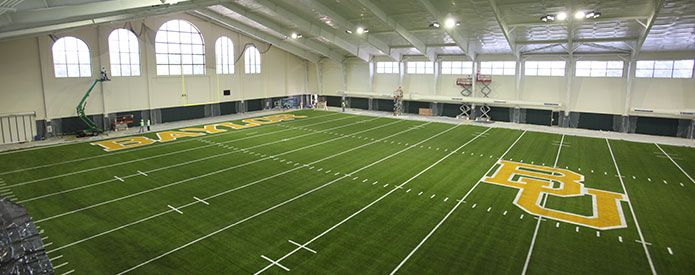
With this indoor facility, weather conditions no longer will result in canceled practices. In addition, the synthetic playing surface will complement the two natural grass practice fields adjacent to the facility, preparing the Baylor football team for all playing conditions.
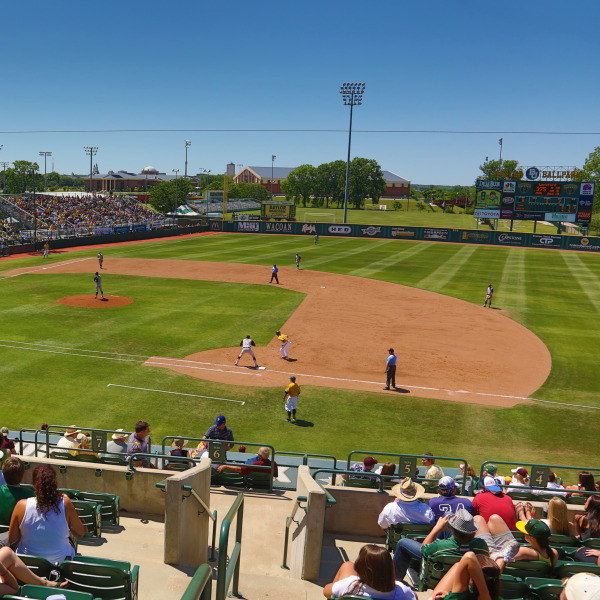
Baylor Ballpark is a beautiful facility constructed of red brick and exposed green steel beams, which complement the attractive architecture already found on the Baylor campus. The stadium was designed to ensure outstanding sightlines and comfort for fans, as well as meet the needs of the country's finest college baseball players.
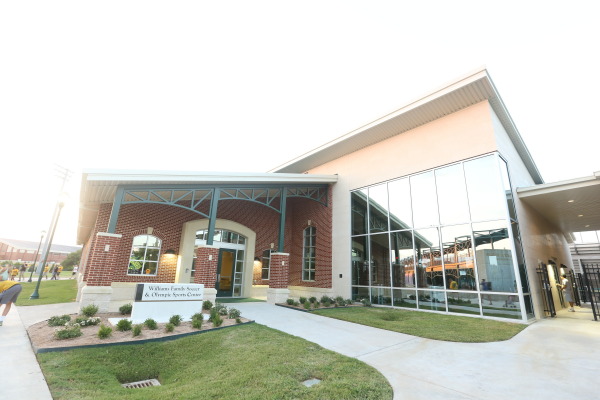
Located near the entrance to the field, the 14,500-square-foot Williams Family Soccer & Olympic Sport Center provides student-athletes with a range of amenities. Its features include a coaches suite and locker and training rooms dedicated to the soccer program, encompassing approximately 2,300 square feet and including 35 player lockers.
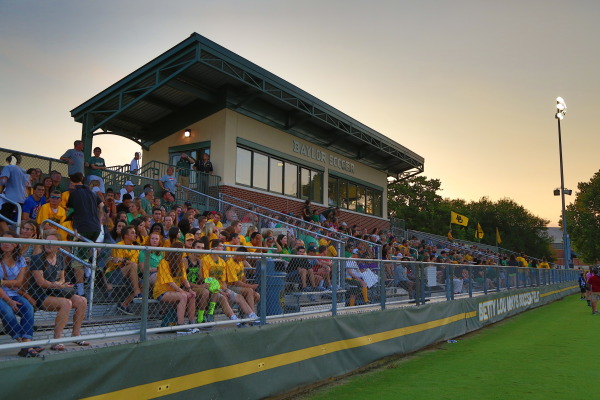
Betty Lou Mays Soccer Field is set in the plush backdrop of the Brazos River on University Parks Drive. The field is part of the Jim and Julie Turner Riverfront Athletic Complex, which includes Baylor Ballpark, Getterman Stadium and the Hurd Tennis Center.
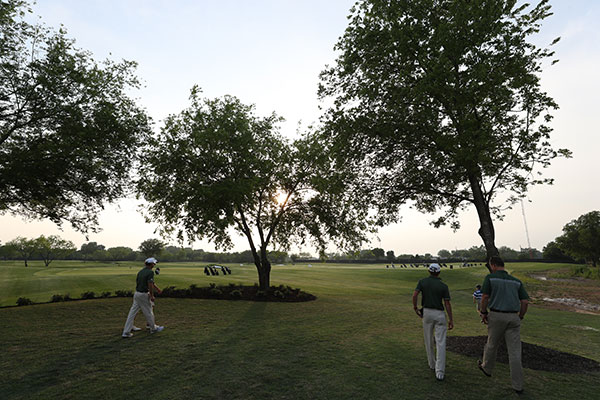
The Billy W. Williams Golf Practice Facility includes a short-game and two putting greens, seven target greens and four separate tee areas located on 16.5 acres on University Parks Drive adjacent to the Willis Equestrian Center.
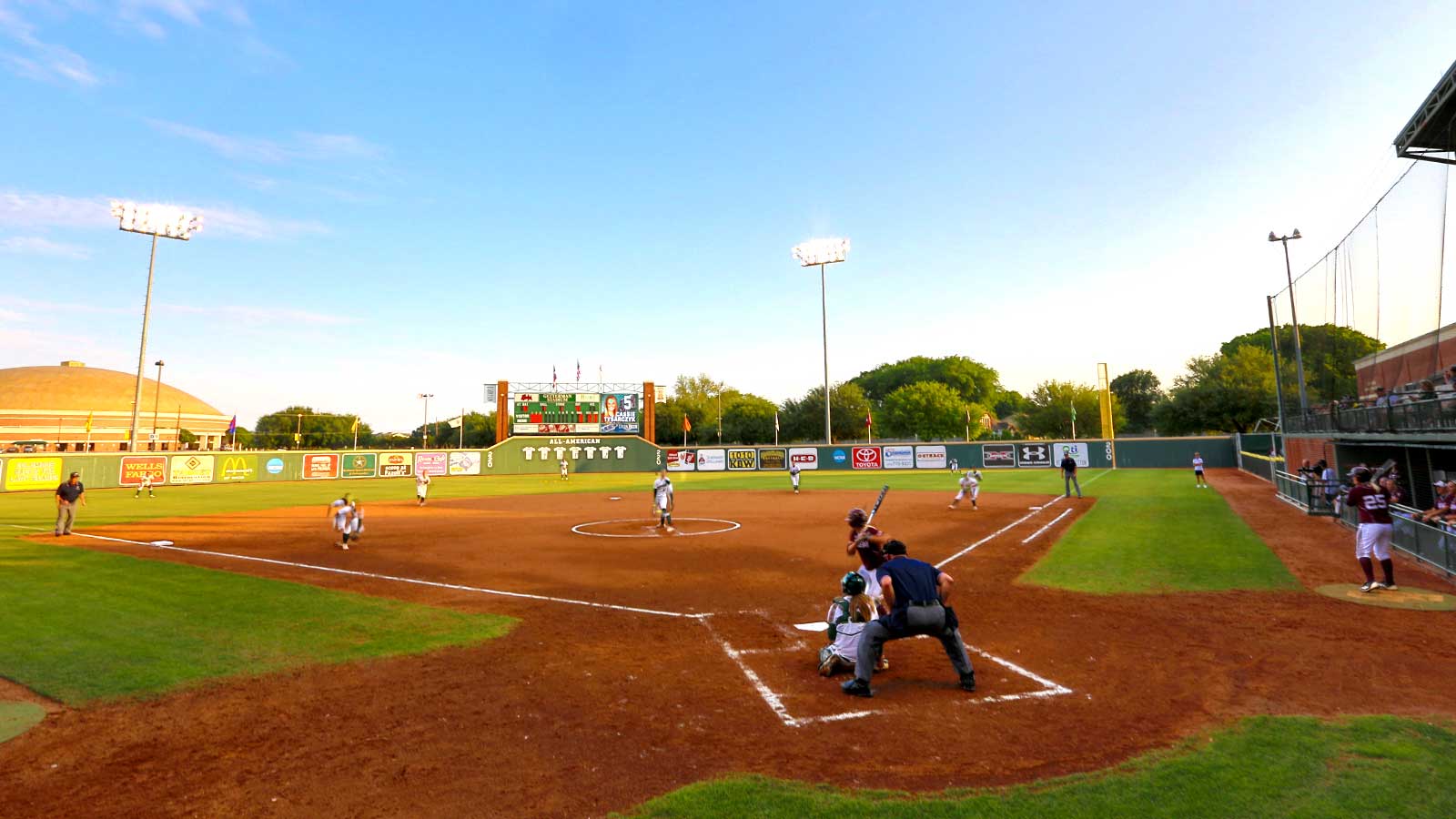
Getterman Stadium opened in 1999 and houses one of the nation's premier collegiate softball programs.
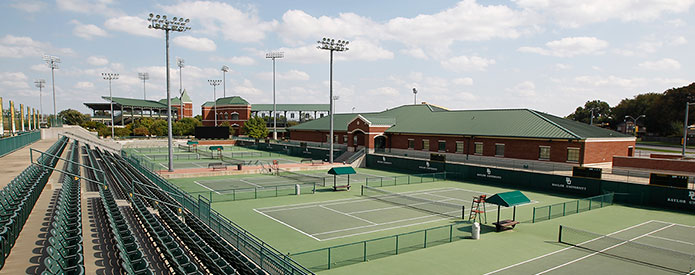
The Hurd Tennis Center includes 12 outdoor courts and the Hurd Tennis Building, which houses all of the day-to-day operations of both tennis programs.
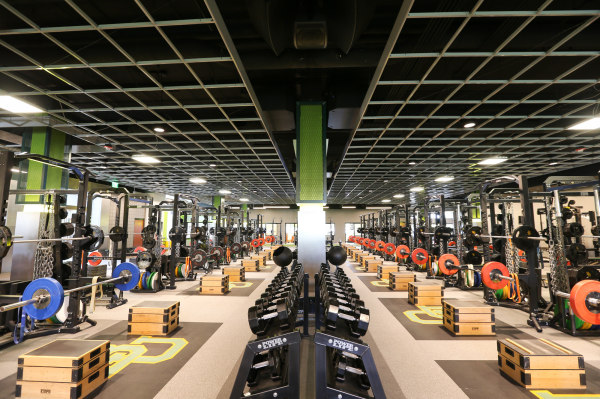
The Weldon and Margaret Ratliff Performance Center, located within the Simpson Athletics and Academic Center, is a student-athlete performance center named in honor of the Ratliff family, who provided the lead gift for the facility. The Ratliff Performance Center includes technologies used to monitor athletes' performance on and off the field; flooring and weight room equipment; video technologies; and lobby enhancements.
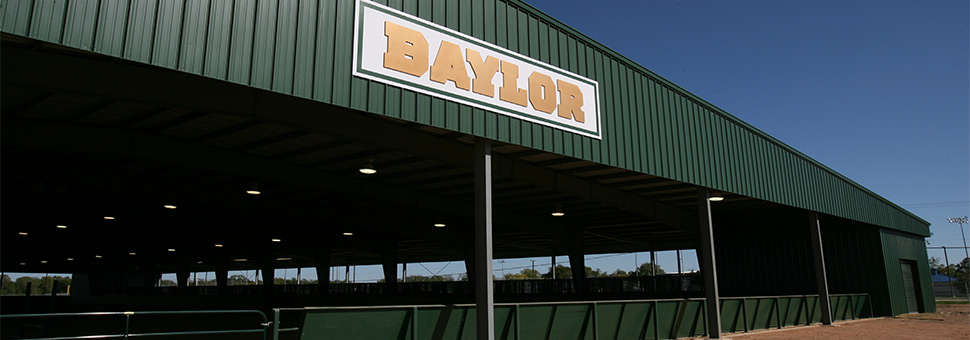
The Willis Family Equestrian Center, named for Baylor graduates Richard (1981 and 1982) and Karen (1985) Willis of Colleyville who provided the lead gift for the project, is located near the Baylor campus.
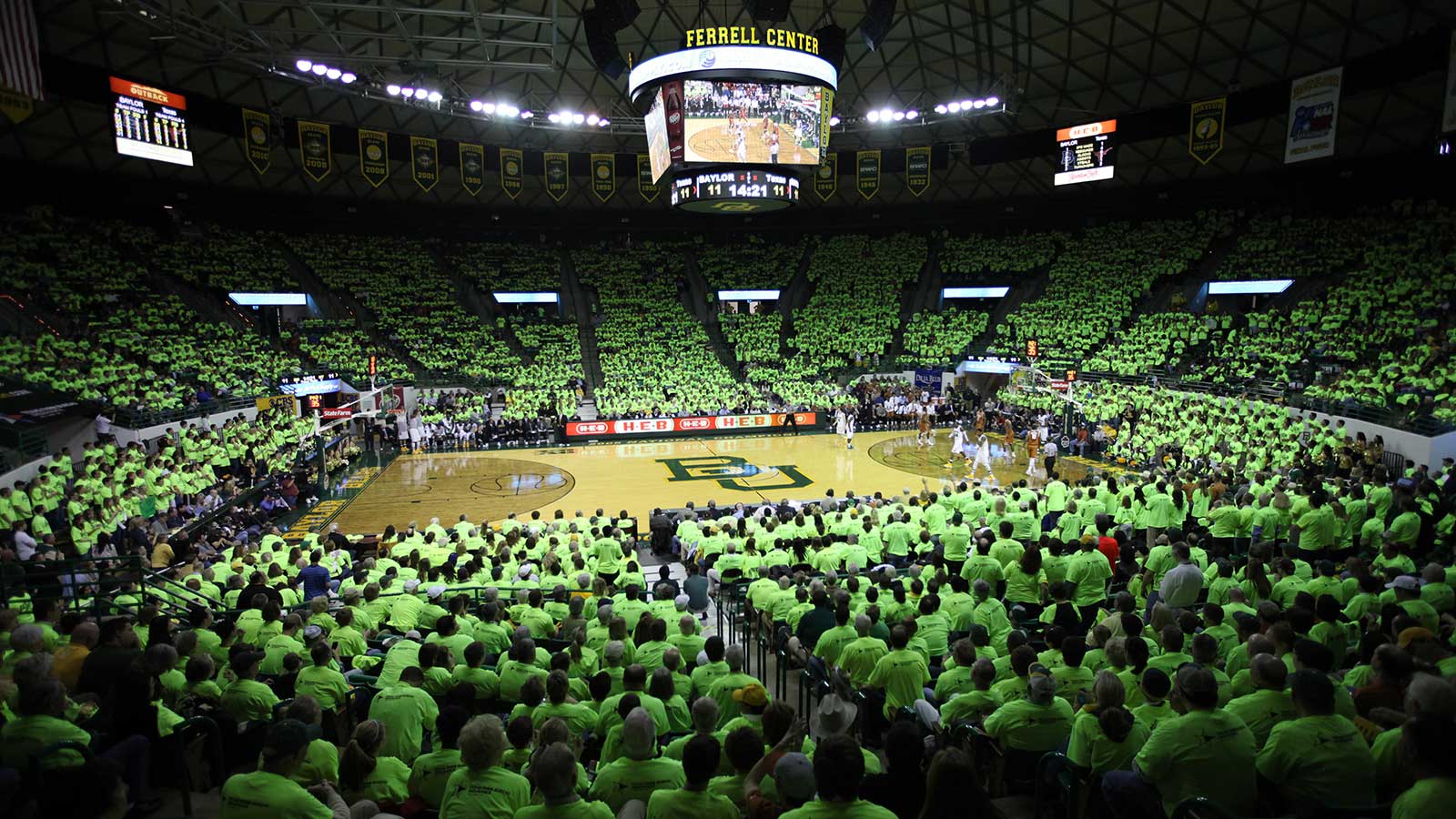
The Ferrell Center, home to Baylor's basketball and volleyball programs for more than 20 years, was built in 1988. The gold-domed Ferrell Center is located on a 14-acre tract on the corner of University Parks Drive and LaSalle Avenue.
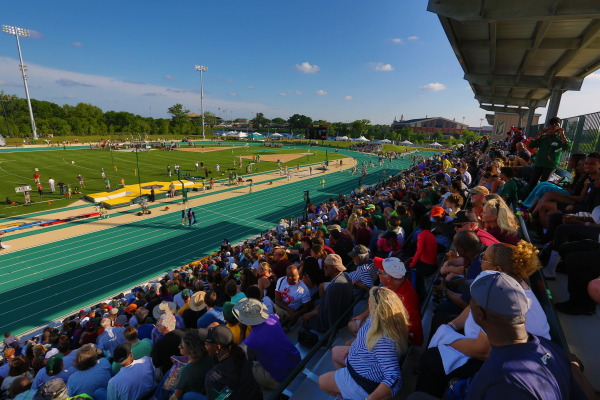
Named for legendary Baylor track coach, Clyde Hart, the $18.1 million facility was dedicated on Dec. 5, 2014. The stadium accommodates 5,000 spectators and participants with seating on the front and back stretches.
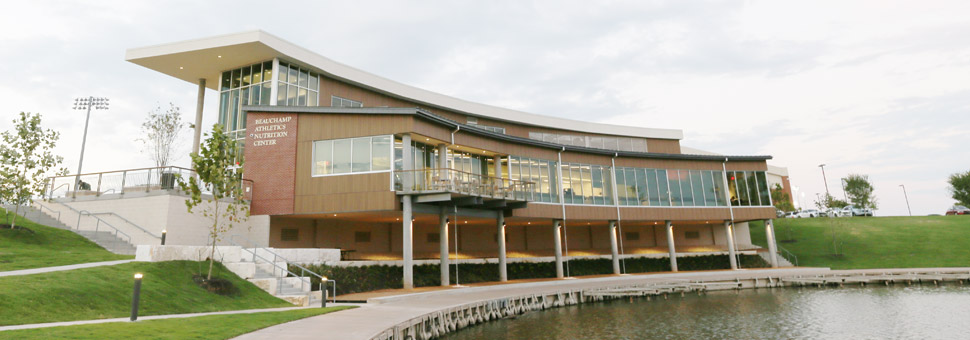
Known as the BANC, the Beauchamp Athletics Nutrition Center is located near the Jay and Jenny Allison Indoor Football Practice Facility and the Simpson Strength and Conditioning area amid the Highers Athletics Complex. The BANC directly supports the vital role proper nutrition plays in the pursuit of athletic excellence for Baylor's student-athletes.
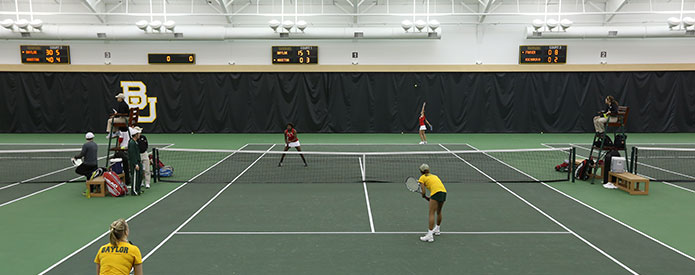
The Hawkins Indoor Center represents the realization of a longtime vision for Baylor Tennis. The state-of-the-art facility allows the men's and women's tennis team to practice and play year-round, regardless of adverse weather conditions.